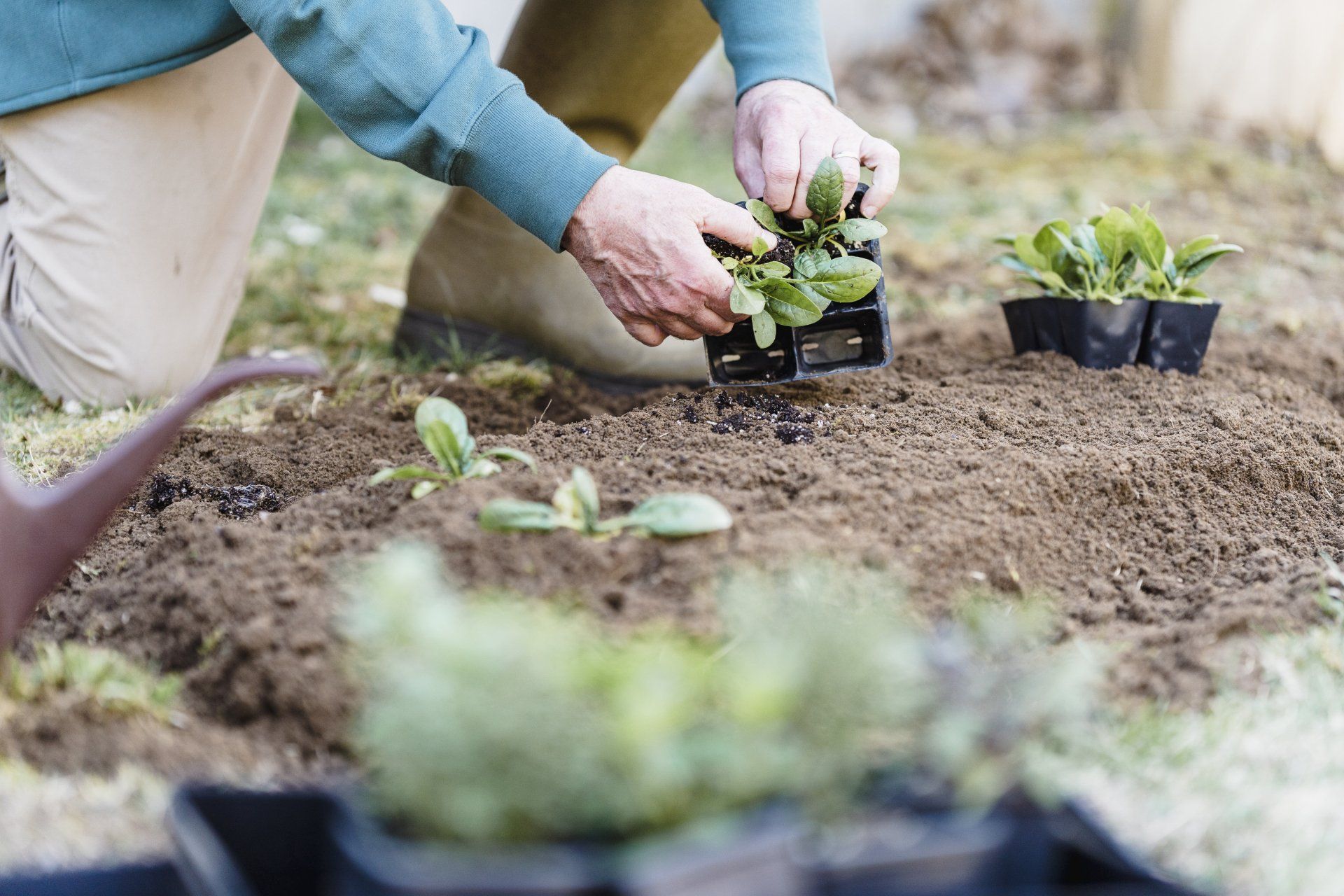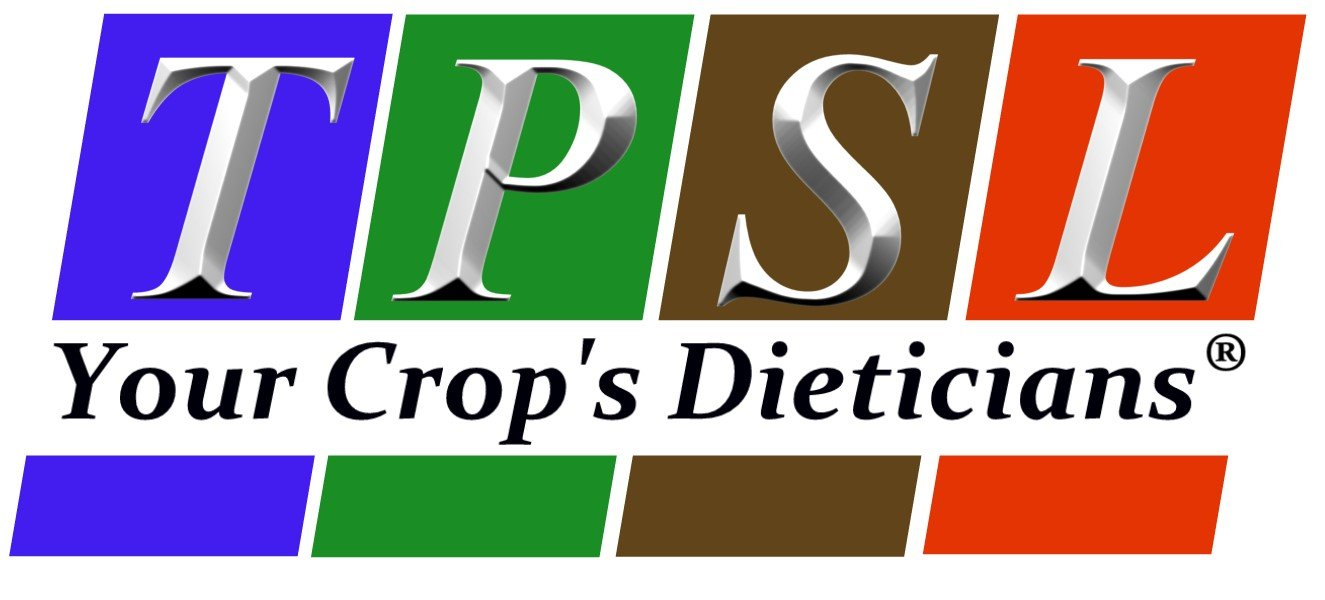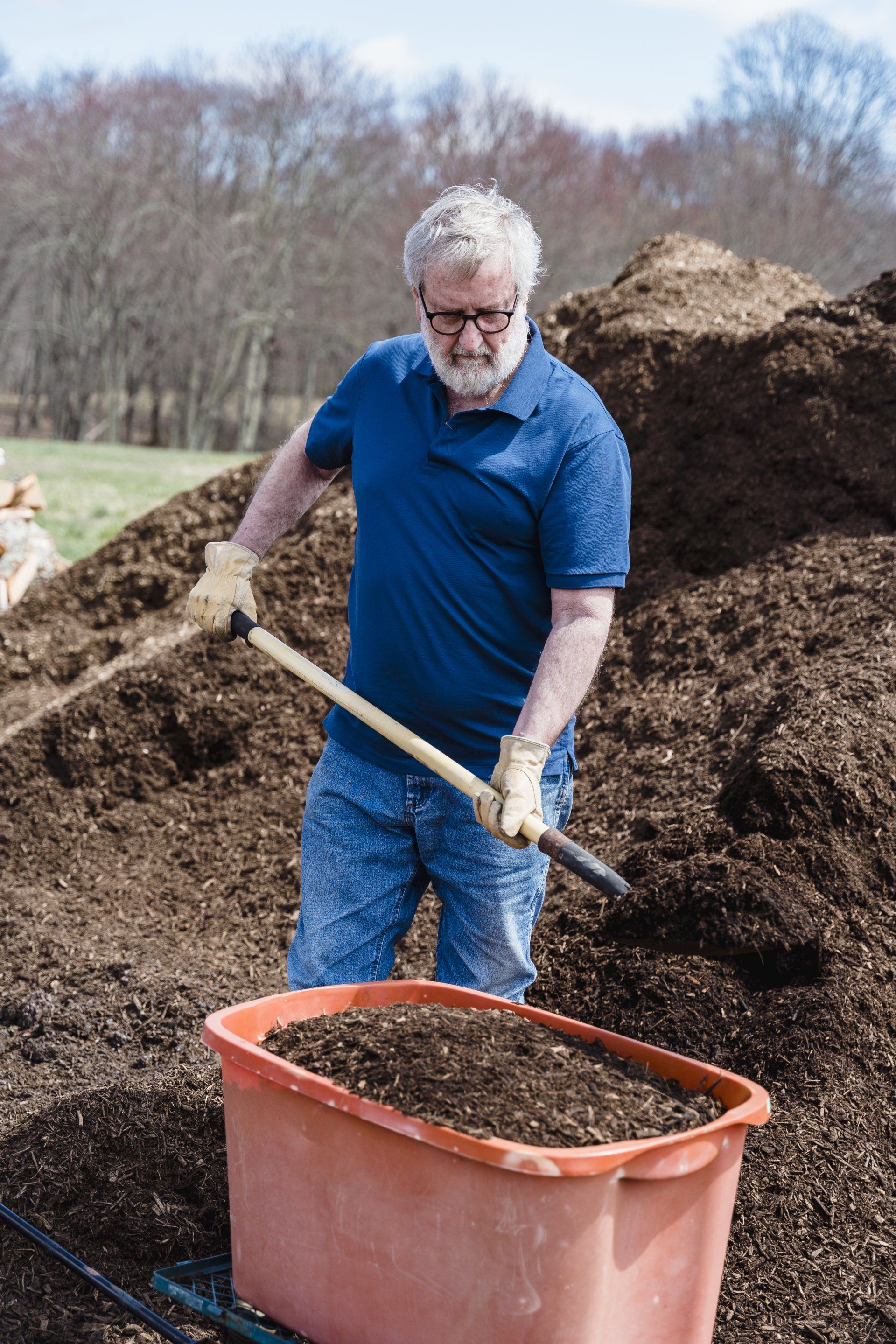The Secrets to Successful Soil Testing: Optimizing Your Garden and Farm
Why Soil Testing Matters for Your Farm or Garden

Maintaining a healthy garden or farm is a rewarding pursuit, but it requires an intimate understanding of the nutrients and elements that contribute to successful growth. Soil testing is at the heart of this understanding and helps ensure that your plants get exactly what they need. At this time of year, it becomes especially important for both farmers and gardeners to get an accurate read on their soil conditions before diving into planting or managing their current crops.
In this comprehensive guide, we explore everything you need to know about soil testing and how it can help farmers and gardeners get the most out of their land. By taking a proactive approach, you can mitigate nutrient deficiencies, improve yield, and contribute to a more sustainable growing environment.
Soil testing is a crucial step in maintaining a productive growing environment. Without proper knowledge of what's happening beneath the surface, you're essentially flying blind when it comes to deciding on fertilizer application, irrigation, and soil conditioning.
Testing helps you understand the pH level, nutrient content, organic matter, and potential contaminants in the soil. For example, knowing if your soil is alkaline or acidic can dictate whether your plants will thrive or struggle. Similarly, understanding nutrient deficiencies—whether it’s nitrogen, phosphorus, or potassium—helps you tailor the right mix of inputs.
At TPS Lab, we offer a range of soil testing services designed to cater to the needs of different crops and soil types. Our Texas soil testing service ensures that you're getting accurate, region-specific results that will help you optimize your agricultural production. Learn more about our soil testing services here.
How to Conduct a Soil Test: A Step-by-Step Guide
- Select a Soil Testing Tool: Using a soil core tool or probe makes sampling much easier and provides a good cross-section of your soil. For best results, gather soil from different spots across your garden or farm.
- Get a reliable soil core tool here.
- Take the Samples: Ensure that you collect samples from the same depth to maintain consistency. It's generally recommended to take a sample from about 6-8 inches below the surface, especially if you want to understand nutrient levels in the root zone.
- Prepare for Testing: Place the soil in a clean container, making sure it is free from debris, stones, or vegetation.
- Send the Sample to a Trusted Lab: Choosing a lab that understands your soil's regional characteristics can make all the difference. TPS Lab offers localized testing that provides actionable insights for the specific challenges of your area.
- Interpret Your Results: Once your results come back, you can work with an agronomist to determine how best to address deficiencies or optimize soil fertility. Soil pH adjustments, nutrient supplementation, or organic matter amendments are common recommendations.
Seasonal Considerations for Soil Testing
At this time of year, as temperatures begin to cool and precipitation levels fluctuate, it's crucial to test your soil and water to understand how seasonal changes have affected them. Rainfall can leach away vital nutrients, and temperature shifts can impact soil pH. This is especially important for crops like corn, vegetables, or perennials that are sensitive to nutrient imbalances.
Farmers in dryland regions such as Texas and those cultivating corn or other staple crops should take special care to monitor soil health to prevent unexpected yield losses. By acting now, you can make the necessary amendments that will have your plants thriving when the new growing season arrives.
Common Misconceptions About Soil Testing
Myth 1: Soil Testing is Only Necessary When Problems Arise
Many gardeners and farmers only think about soil testing when something goes wrong—like poor growth or visible nutrient deficiencies. However, by the time these symptoms show up, it's often too late to fully address the problem for the current growing season. Proactive soil testing at least once a year helps you avoid surprises.
Myth 2: Over-Fertilization Can Solve All Soil Problems
The idea that more fertilizer is better is simply untrue. Over-fertilization can lead to serious problems like nutrient lockout, salt build-up, and environmental contamination. A soil test will guide you to use just the right amount of fertilizer for maximum productivity without wastage or negative side effects.
Myth 3: Soil Tests Are Only for Big Farms
No matter the size of your garden or farm, soil testing is beneficial. Even if you're growing a small vegetable garden, knowing your soil's pH and nutrient levels can lead to better tasting, healthier produce. It is equally as important for farmers working on a larger scale to ensure their yields meet expectations.
Why Choose TPS Lab for Soil Testing
TPS Lab has decades of experience helping growers—from hobbyist gardeners to large-scale farmers—get the most out of their soil. We provide personalized recommendations based on your unique soil conditions. Unlike other labs, we take into consideration local weather patterns, crop varieties, and specific agricultural practices to provide the best plan for soil improvement.
Our team at TPS Lab goes beyond the standard testing, offering custom solutions and ongoing support throughout your growing season. This means that if your situation changes, we're here to adjust recommendations so you can continue to thrive.
Ready to get started? Visit our Soil Testing page to choose the right test for your soil.



